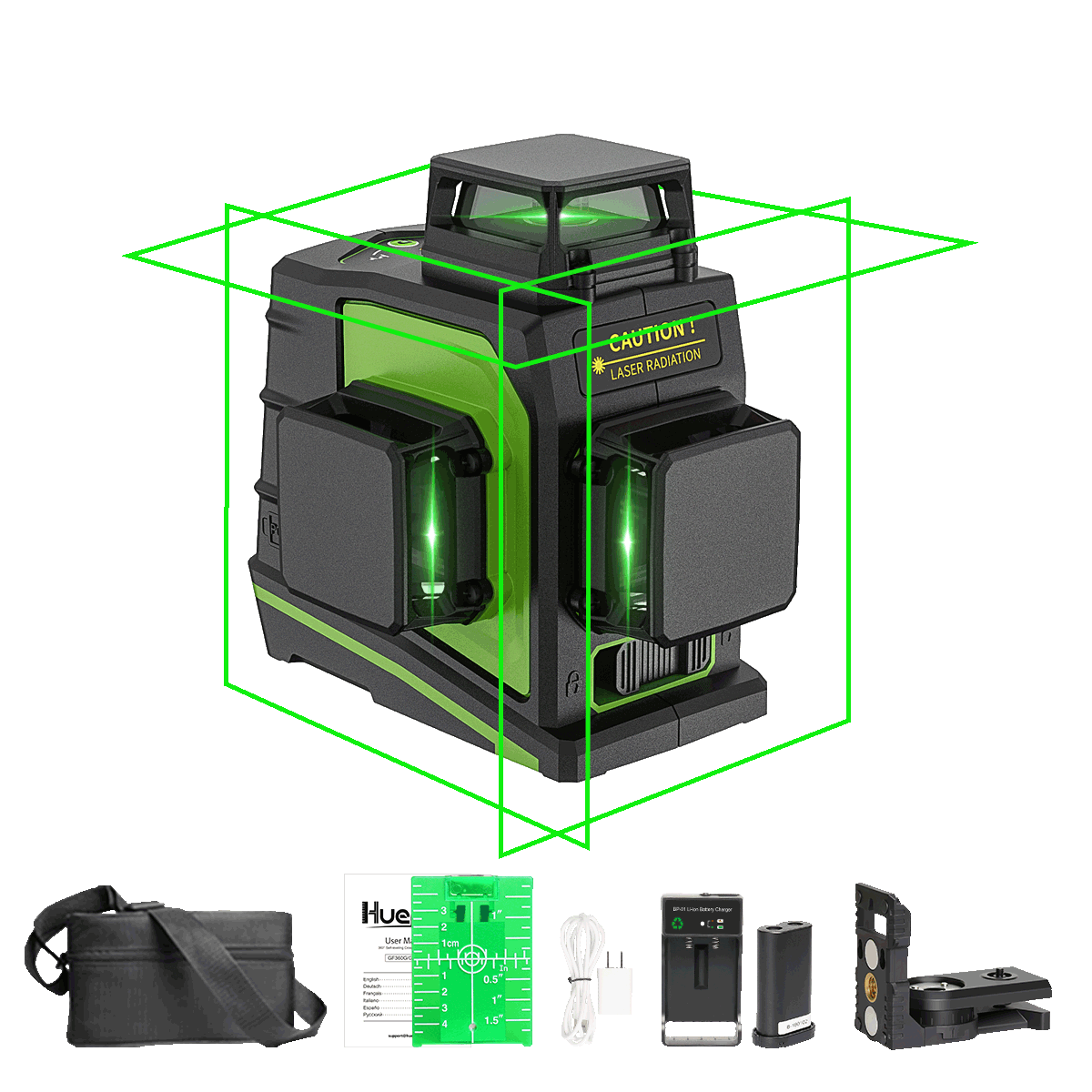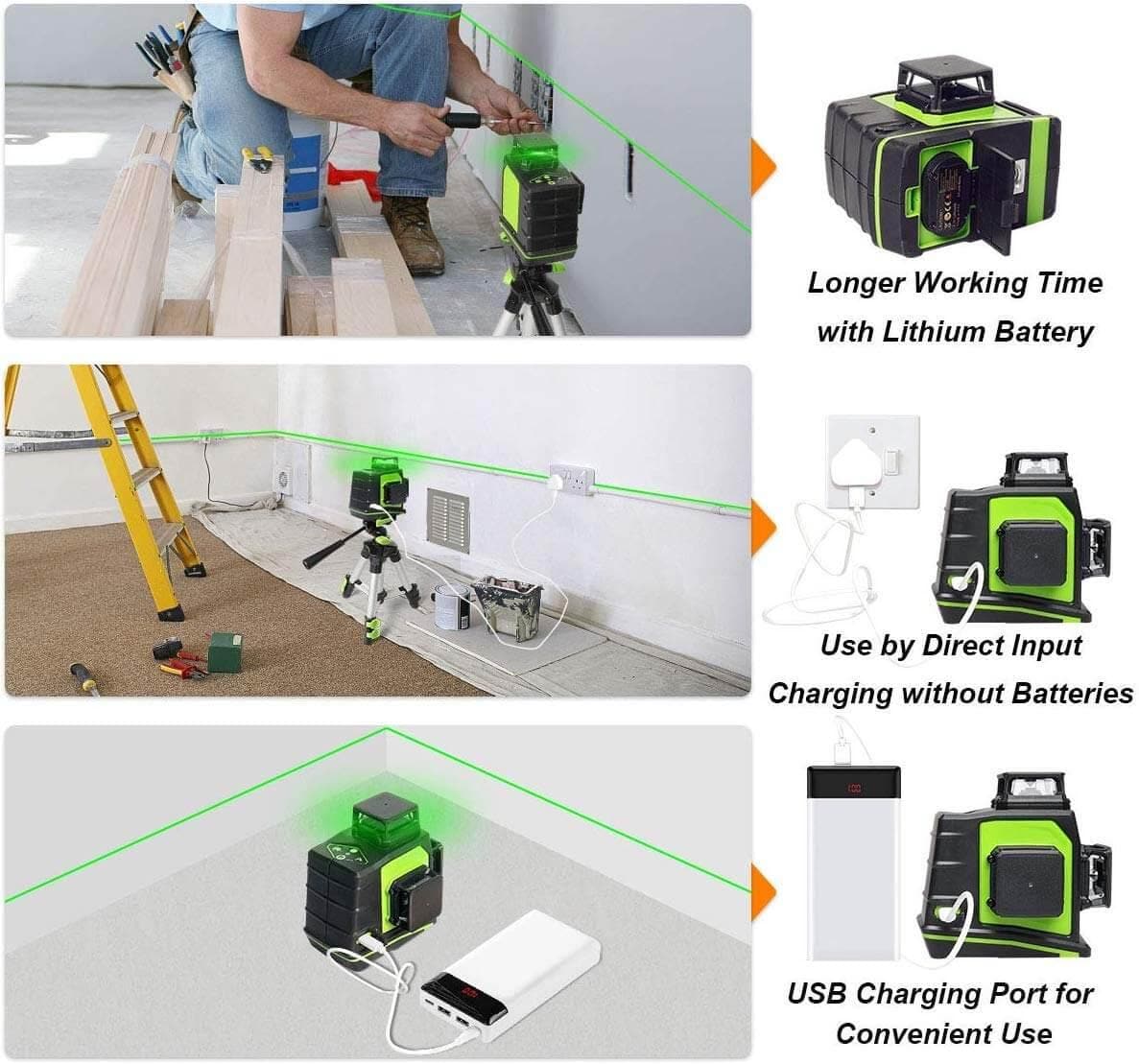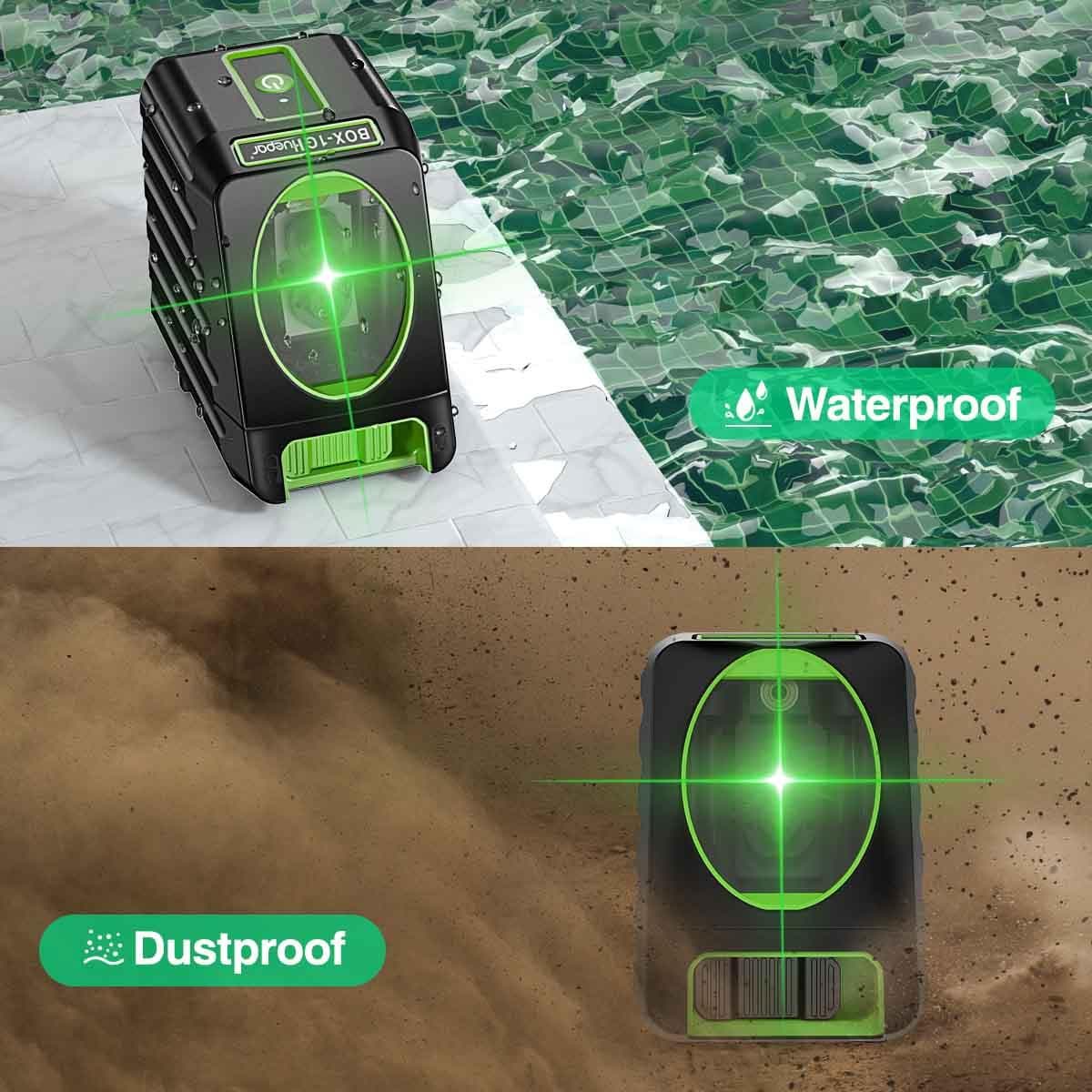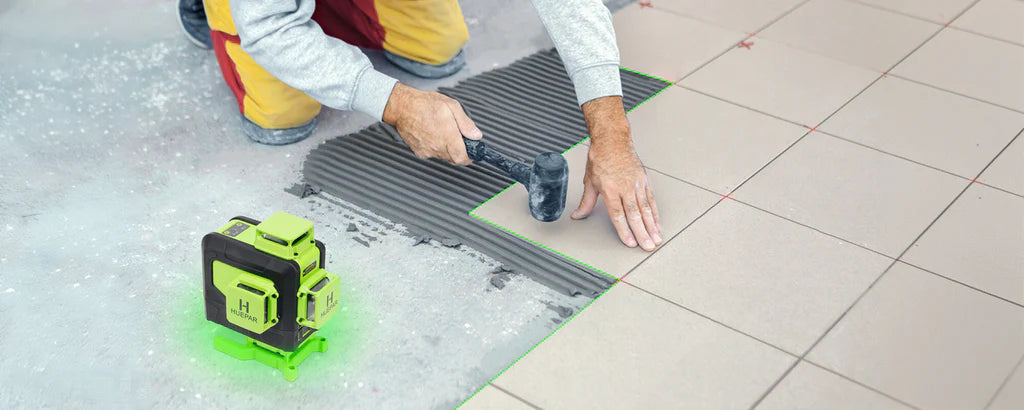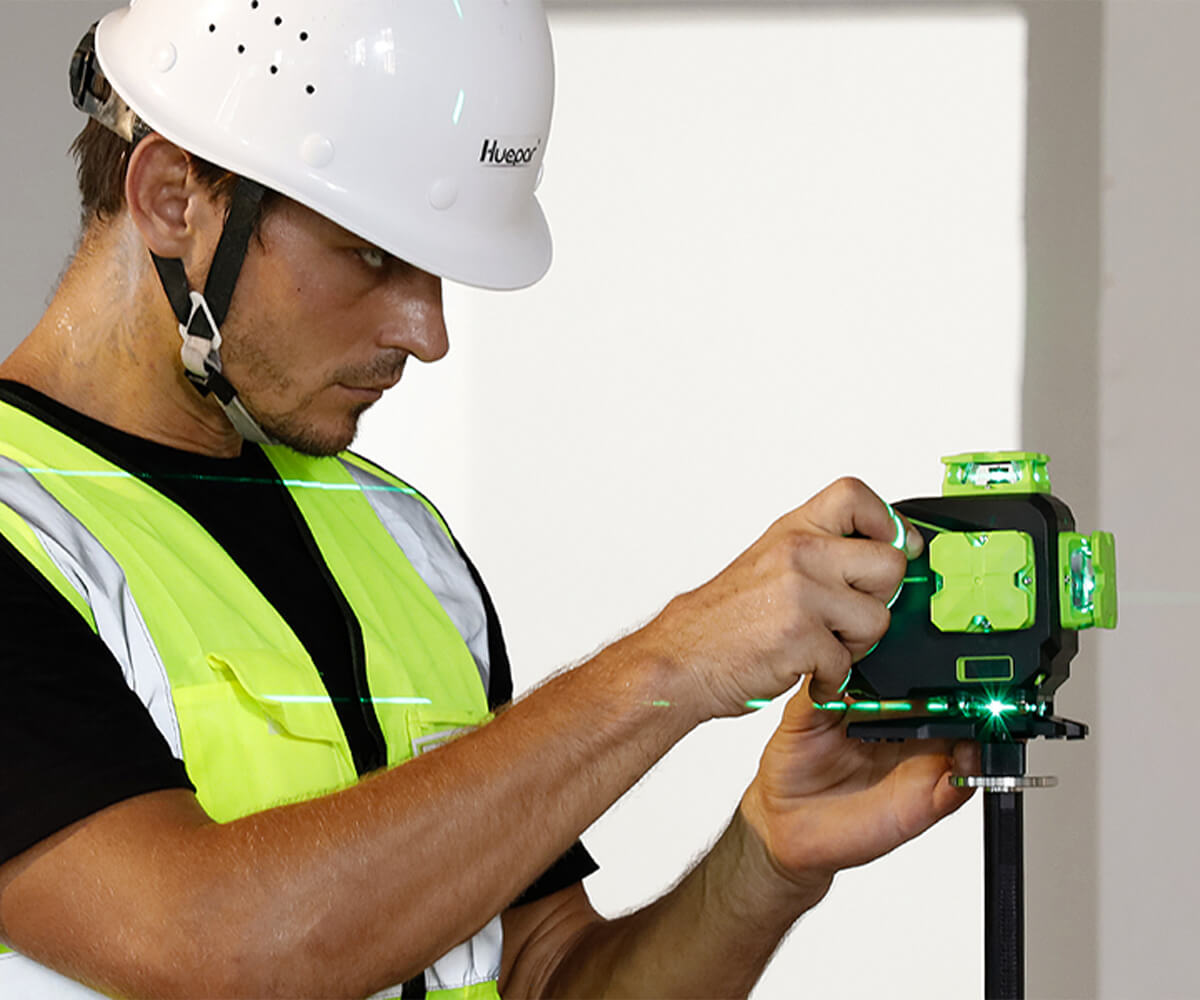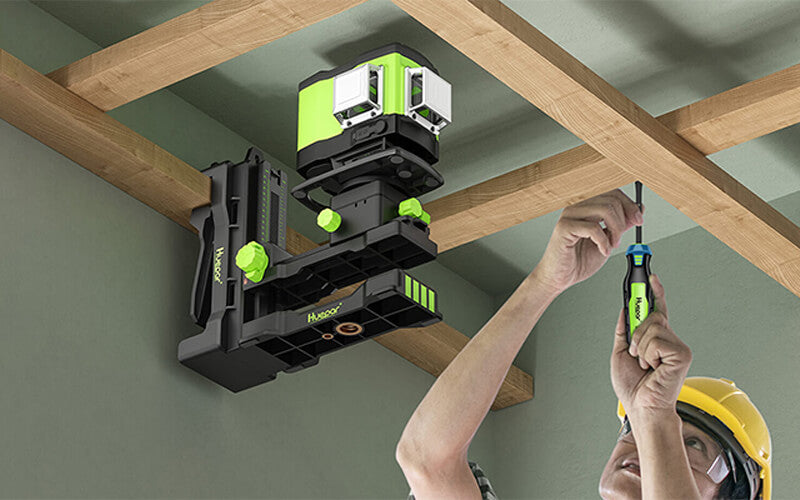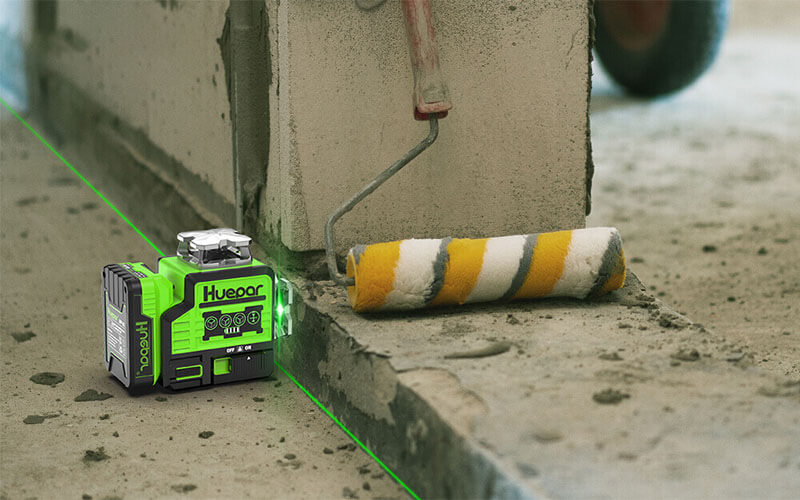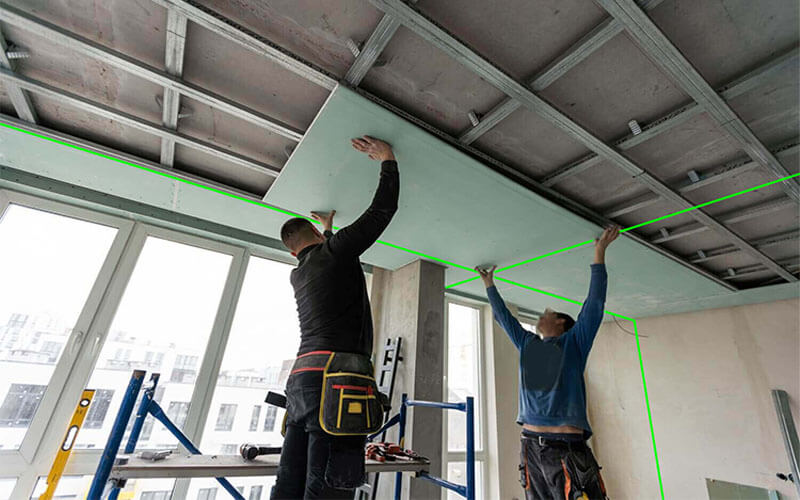
Unlocking Precision: A Comprehensive Guide to 3D Laser Levels
Introduction to Laser Levels
Understanding the Basics of Laser Levels
Laser levels are essential tools for ensuring straight and accurate lines, crucial in construction and DIY projects. These devices project a beam of light to mark a level plane across surfaces, replacing traditional bubble levels for increased precision. There are varying types of laser levels, with simple models emitting basic lines and advanced versions like 3d laser levels projecting lines in three dimensions. Understanding how they operate and the principles behind their technology is fundamental for utilizing them effectively.

Cross Line Laser Level vs. 3D Laser Levels: Comparing the Tools
When it comes to leveling tools, understanding the differences between a Cross Line Laser Level and a 3D Laser Level is key. A Cross Line Laser Level projects intersecting horizontal and vertical lines. This allows for alignment and leveling at 90 degrees, commonly used in tiling or cabinetry. On the other hand, a 3D Laser Level extends this functionality. It offers one horizontal and two vertical lines that cover 360 degrees. This makes it ideal for tasks that require precise measurements around a room. In essence, a Cross Line Laser is best for simpler, two-dimensional tasks. A 3D Laser Level is suited for more complex, three-dimensional projects. Each has its place on the toolbox, and the right choice depends on the project's demands.
Innovative Features of 3D Laser Levels
Cutting-Edge 3D Laser Level Technology
3d laser levels are at the forefront of leveling technology. They use advanced optics and electronics. This gives users the power to project lines in three dimensions. A single 3D laser level can emit multiple lines simultaneously. They often come with self-leveling features. These features help set up the device quickly and accurately. Some models pair with apps for more control and data sharing. This tech makes tasks like installing ceilings or pipes more precise. It's an essential tool for many pros in construction and design.
How 3D Laser Levels Improve Accuracy and Precision
3d laser levels are game-changers in construction and surveying. They emit beams that cover 360 degrees. This allows users to measure and align with high precision. The beams form a 'layout,' guiding where to mark or drill. Errors drop, boosting project accuracy. They work well indoors and outdoors, making them versatile. Quick setup saves time. With better accuracy, they prevent costly mistakes. This precision tool is ideal for professionals wanting flawless results.
The Benefits of Using 3D Laser Levels in Construction
3d laser levels bring a host of benefits to construction sites. Here is a list of key advantages:
- Accuracy: 3D laser levels provide precise measurements. This helps avoid costly mistakes.
- Efficiency: They speed up the layout process, saving time on the job.
- Versatility: These tools work well indoors and outdoors, on various surfaces.
- Ease of Use: With user-friendly interfaces, they are simple to operate.
- Safety: They reduce the need for manual measuring, cutting down on accidents.
By improving accuracy and efficiency, 3d laser levels are valuable in many construction tasks.
Choosing the Right Laser Level for Your Project
A Buyer's Guide to 3D Laser Levels
When picking a 3D laser level, consider these key factors. Look at the tool's accuracy first. It should be within an acceptable range for your needs. Check the leveling range too. This is how much the level can self-correct on uneven surfaces. Battery life is vital. Longer life means less downtime on the job. Also, check for features like a locking pendulum. This protects the inner mechanics during transport. Look for models that offer both horizontal and vertical lines for more versatility. Lastly, consider the warranty and support from the maker. Good customer service can save you from future hassles.
4D Laser Levels: Advancements and Differences
The term '4D Laser Levels' might seem futuristic, but what does it mean? Unlike traditional 3d laser levels, which project laser lines on a three-dimensional plane, the 4D laser levels go a step further. They offer a full 360-degree coverage, enabling users to work around all axes without moving the level. This means both vertical and horizontal planes can be covered with one setup. The advancements in 4D technology include robust self-leveling capabilities, increased range, and better battery performance. Users often find 4D levels useful in more complex tasks, where precise measurements in all directions are crucial. However, it is important to assess whether the increased capabilities justify the higher cost for your specific project needs.
Tips for Maintaining Your 3D Laser Level for Optimum Performance
Ensuring your 3D laser level stays in top shape is crucial. Here are simple tips:
- Store it properly in a padded case to prevent damage.
- Keep the laser lens clean; use a soft cloth to wipe it gently.
- Check calibration regularly for consistent accuracy.
- Avoid exposing the device to extreme temperatures or moisture.
- Replace batteries or charge it as needed to keep it running well.
- Refer to the user manual for specific maintenance advice.
Regular care extends the life and precision of your 3D laser level.


